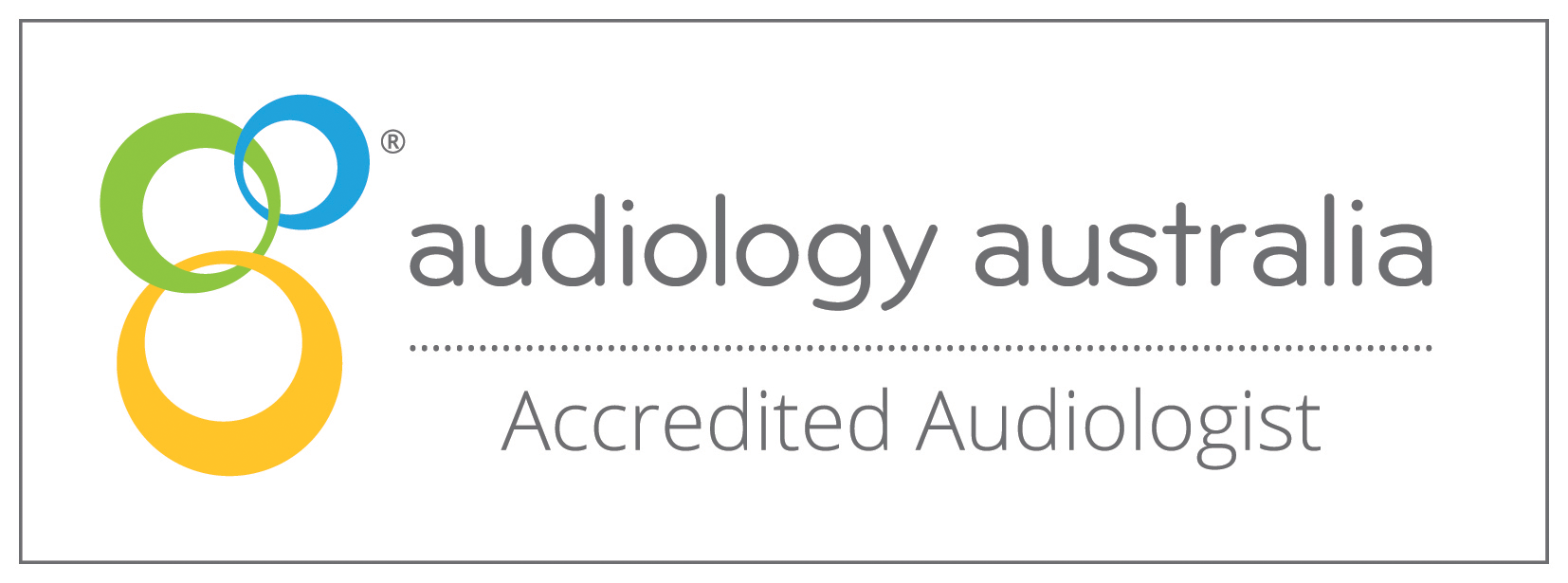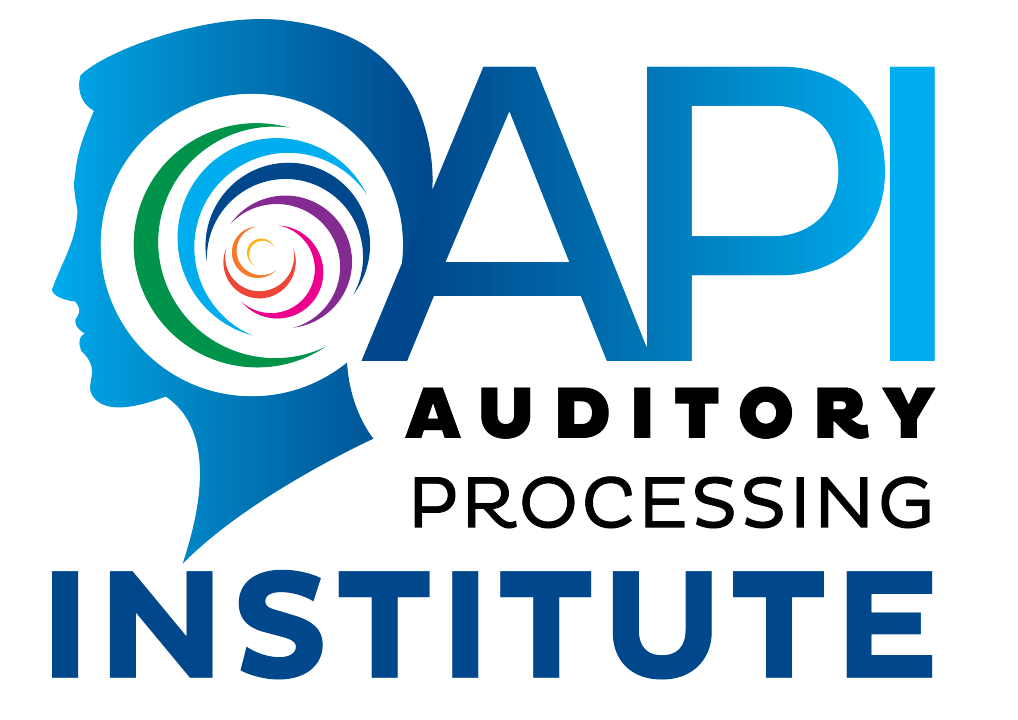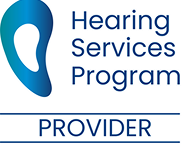Are hearing tests painful for children?
Understanding Pediatric Hearing Tests: A Parent’s Guide to What to [...]
Understanding Pediatric Hearing Tests: A Parent’s Guide to What to Expect
As a parent, it’s natural to feel concerned when your child needs any medical assessment. One of the most common questions we hear from parents is whether hearing tests cause discomfort or distress to children. We want to assure you that pediatric hearing assessments are designed to be completely painless and, in many cases, enjoyable for young patients.
Based on extensive experience with hundreds of children ranging from 9-month-old infants to school-age children, pediatric hearing tests are well-tolerated and often perceived as engaging activities rather than medical procedures.
What Happens During a Pediatric Hearing Assessment?
Modern pediatric audiology practices have developed child-friendly approaches that transform hearing tests into interactive experiences. These assessments involve no needles, invasive procedures, or uncomfortable equipment.
For Infants and Toddlers (Visual Reinforcement Audiometry): The child sits comfortably on a parent’s lap while sounds are presented. When the child demonstrates hearing by turning toward the sound source, they are rewarded with visual stimuli such as animated toys or lights. This technique combines auditory assessment with natural play behaviors.
For Older Children: Assessment methods include interactive play activities such as sound detection games where children place blocks in containers upon hearing tones, comfortable pediatric headphones for sound presentation, hand-raising responses to various auditory stimuli and picture identification tasks coordinated with speech sounds
Addressing Child Anxiety and Comfort
Pediatric audiologists are specially trained to work with children who may experience anxiety in medical settings. Standard comfort measures include:
* Allowing children to explore equipment before testing begins
* Demonstrating procedures using toys or dolls
* Providing breaks as needed throughout the assessment
* Encouraging parental presence and participation
* Creating a welcoming, non-clinical environment
Potential Minor Discomforts
While hearing tests are painless, some children may experience mild challenges:
**Attention Requirements: Some children find it difficult to sit still for extended periods. However, pediatric tests are designed to be brief and engaging.
**Equipment Sensitivity: A small percentage of children may initially resist wearing headphones, though modern pediatric equipment is lightweight and comfortable.
**Otoscopic Examination: Visual inspection of the ear canal using an otoscope is completely painless but may feel unfamiliar to some children.
Additional Assessment Procedures
**Tympanometry: This test measures eardrum function using gentle air pressure changes. Most children experience this as a slight sensation, and some find it amusing.
**Acoustic Reflex Testing: Involves listening to various tones with no physical discomfort.
**Auditory Processing Evaluation: Consists of listening exercises and following verbal instructions in a game-like format, ipad based games or otherwise.
Recommendations for Parents
To ensure the most positive experience for your child:
* Discuss the upcoming test in age-appropriate, reassuring terms without creating excessive focus or anxiety
* Bring familiar comfort items if helpful
* Schedule appointments during your child’s optimal times (avoiding periods when they’re typically tired or hungry)
* Maintain a calm, confident demeanor, as children often mirror parental emotions
Conclusion
Pediatric hearing assessments are among the most comfortable and non-invasive medical evaluations your child will experience. Modern pediatric audiology practices prioritize child comfort and engagement, often resulting in positive associations with healthcare experiences.
The assessment process is designed to be thorough yet gentle, providing valuable information about your child’s hearing health while maintaining their comfort and cooperation throughout the evaluation.
For families in the South Morang and surrounding areas seeking pediatric hearing services, Harken Audiology offers age-appropriate assessment techniques and maintains a child-friendly environment designed to ensure positive experiences for both children and parents.
Are hearing tests painful for children?
Understanding Pediatric Hearing Tests: A Parent’s Guide to What to [...]
Understanding Pediatric Hearing Tests: A Parent’s Guide to What to Expect
As a parent, it’s natural to feel concerned when your child needs any medical assessment. One of the most common questions we hear from parents is whether hearing tests cause discomfort or distress to children. We want to assure you that pediatric hearing assessments are designed to be completely painless and, in many cases, enjoyable for young patients.
Based on extensive experience with hundreds of children ranging from 9-month-old infants to school-age children, pediatric hearing tests are well-tolerated and often perceived as engaging activities rather than medical procedures.
What Happens During a Pediatric Hearing Assessment?
Modern pediatric audiology practices have developed child-friendly approaches that transform hearing tests into interactive experiences. These assessments involve no needles, invasive procedures, or uncomfortable equipment.
For Infants and Toddlers (Visual Reinforcement Audiometry): The child sits comfortably on a parent’s lap while sounds are presented. When the child demonstrates hearing by turning toward the sound source, they are rewarded with visual stimuli such as animated toys or lights. This technique combines auditory assessment with natural play behaviors.
For Older Children: Assessment methods include interactive play activities such as sound detection games where children place blocks in containers upon hearing tones, comfortable pediatric headphones for sound presentation, hand-raising responses to various auditory stimuli and picture identification tasks coordinated with speech sounds
Addressing Child Anxiety and Comfort
Pediatric audiologists are specially trained to work with children who may experience anxiety in medical settings. Standard comfort measures include:
* Allowing children to explore equipment before testing begins
* Demonstrating procedures using toys or dolls
* Providing breaks as needed throughout the assessment
* Encouraging parental presence and participation
* Creating a welcoming, non-clinical environment
Potential Minor Discomforts
While hearing tests are painless, some children may experience mild challenges:
**Attention Requirements: Some children find it difficult to sit still for extended periods. However, pediatric tests are designed to be brief and engaging.
**Equipment Sensitivity: A small percentage of children may initially resist wearing headphones, though modern pediatric equipment is lightweight and comfortable.
**Otoscopic Examination: Visual inspection of the ear canal using an otoscope is completely painless but may feel unfamiliar to some children.
Additional Assessment Procedures
**Tympanometry: This test measures eardrum function using gentle air pressure changes. Most children experience this as a slight sensation, and some find it amusing.
**Acoustic Reflex Testing: Involves listening to various tones with no physical discomfort.
**Auditory Processing Evaluation: Consists of listening exercises and following verbal instructions in a game-like format, ipad based games or otherwise.
Recommendations for Parents
To ensure the most positive experience for your child:
* Discuss the upcoming test in age-appropriate, reassuring terms without creating excessive focus or anxiety
* Bring familiar comfort items if helpful
* Schedule appointments during your child’s optimal times (avoiding periods when they’re typically tired or hungry)
* Maintain a calm, confident demeanor, as children often mirror parental emotions
Conclusion
Pediatric hearing assessments are among the most comfortable and non-invasive medical evaluations your child will experience. Modern pediatric audiology practices prioritize child comfort and engagement, often resulting in positive associations with healthcare experiences.
The assessment process is designed to be thorough yet gentle, providing valuable information about your child’s hearing health while maintaining their comfort and cooperation throughout the evaluation.
For families in the South Morang and surrounding areas seeking pediatric hearing services, Harken Audiology offers age-appropriate assessment techniques and maintains a child-friendly environment designed to ensure positive experiences for both children and parents.
Are hearing tests painful for children?
Are hearing tests painful for children?
Understanding Pediatric Hearing Tests: A Parent’s Guide to What to [...]
Understanding Pediatric Hearing Tests: A Parent’s Guide to What to Expect
As a parent, it’s natural to feel concerned when your child needs any medical assessment. One of the most common questions we hear from parents is whether hearing tests cause discomfort or distress to children. We want to assure you that pediatric hearing assessments are designed to be completely painless and, in many cases, enjoyable for young patients.
Based on extensive experience with hundreds of children ranging from 9-month-old infants to school-age children, pediatric hearing tests are well-tolerated and often perceived as engaging activities rather than medical procedures.
What Happens During a Pediatric Hearing Assessment?
Modern pediatric audiology practices have developed child-friendly approaches that transform hearing tests into interactive experiences. These assessments involve no needles, invasive procedures, or uncomfortable equipment.
For Infants and Toddlers (Visual Reinforcement Audiometry): The child sits comfortably on a parent’s lap while sounds are presented. When the child demonstrates hearing by turning toward the sound source, they are rewarded with visual stimuli such as animated toys or lights. This technique combines auditory assessment with natural play behaviors.
For Older Children: Assessment methods include interactive play activities such as sound detection games where children place blocks in containers upon hearing tones, comfortable pediatric headphones for sound presentation, hand-raising responses to various auditory stimuli and picture identification tasks coordinated with speech sounds
Addressing Child Anxiety and Comfort
Pediatric audiologists are specially trained to work with children who may experience anxiety in medical settings. Standard comfort measures include:
* Allowing children to explore equipment before testing begins
* Demonstrating procedures using toys or dolls
* Providing breaks as needed throughout the assessment
* Encouraging parental presence and participation
* Creating a welcoming, non-clinical environment
Potential Minor Discomforts
While hearing tests are painless, some children may experience mild challenges:
**Attention Requirements: Some children find it difficult to sit still for extended periods. However, pediatric tests are designed to be brief and engaging.
**Equipment Sensitivity: A small percentage of children may initially resist wearing headphones, though modern pediatric equipment is lightweight and comfortable.
**Otoscopic Examination: Visual inspection of the ear canal using an otoscope is completely painless but may feel unfamiliar to some children.
Additional Assessment Procedures
**Tympanometry: This test measures eardrum function using gentle air pressure changes. Most children experience this as a slight sensation, and some find it amusing.
**Acoustic Reflex Testing: Involves listening to various tones with no physical discomfort.
**Auditory Processing Evaluation: Consists of listening exercises and following verbal instructions in a game-like format, ipad based games or otherwise.
Recommendations for Parents
To ensure the most positive experience for your child:
* Discuss the upcoming test in age-appropriate, reassuring terms without creating excessive focus or anxiety
* Bring familiar comfort items if helpful
* Schedule appointments during your child’s optimal times (avoiding periods when they’re typically tired or hungry)
* Maintain a calm, confident demeanor, as children often mirror parental emotions
Conclusion
Pediatric hearing assessments are among the most comfortable and non-invasive medical evaluations your child will experience. Modern pediatric audiology practices prioritize child comfort and engagement, often resulting in positive associations with healthcare experiences.
The assessment process is designed to be thorough yet gentle, providing valuable information about your child’s hearing health while maintaining their comfort and cooperation throughout the evaluation.
For families in the South Morang and surrounding areas seeking pediatric hearing services, Harken Audiology offers age-appropriate assessment techniques and maintains a child-friendly environment designed to ensure positive experiences for both children and parents.




